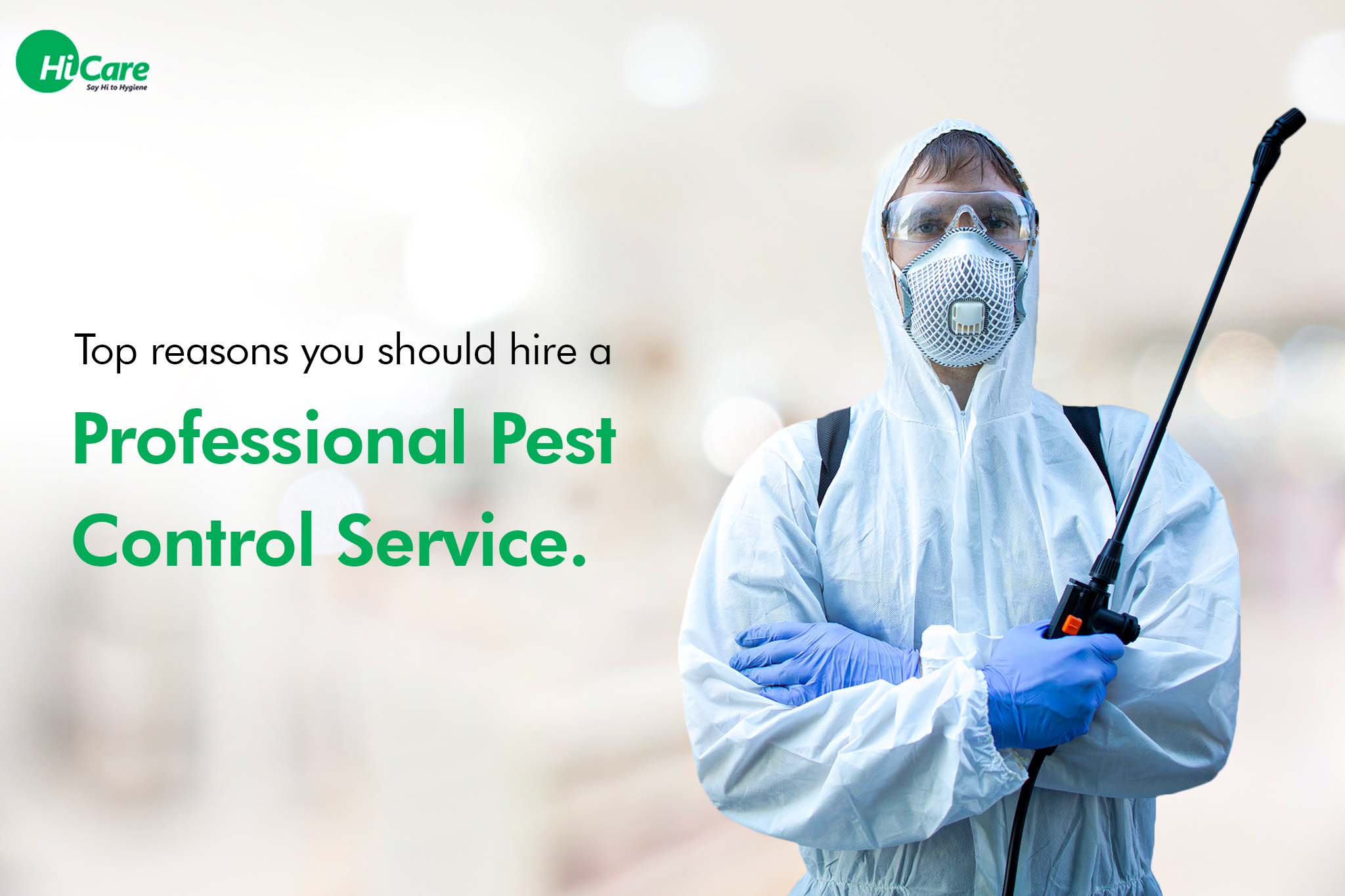Dependable A1 Bed Bug Exterminator Charlotte - Eliminate Bed Bugs Quick
Dependable A1 Bed Bug Exterminator Charlotte - Eliminate Bed Bugs Quick
Blog Article
Bed Bug Therapy Break Down: Comparing Chemical Vs. Non-Chemical Solutions
In the world of parasite control, especially when handling the persistent concern of bed bugs, the option between chemical and non-chemical therapy options can be a critical one. Both methods provide distinctive benefits and downsides, affecting aspects such as efficiency, safety factors to consider, and general price. By checking out the nuanced information of each approach, a clearer understanding of which path to go after in attending to a bed insect invasion can be attained.
Effectiveness of Chemical Therapies
Chemical therapies for bed insect problems have been extensively identified for their quick and potent efficiency in eliminating these insects. When thinking about the efficiency of chemical treatments, it is important to recognize that they can offer a extensive and quick option to a bed pest trouble. Professional pest control specialists often count on pesticides to target bed insects at various phases of their life process, consisting of nymphs, adults, and eggs. These chemicals commonly work by interfering with the bed pests' worried system, bring about paralysis and eventual death.
Additionally, chemical therapies have the advantage of supplying residual impacts, indicating that they can remain to eliminate bed bugs even after the first application. This residual action is especially valuable in combating any potential re-infestations. In addition, the fast activity of chemical treatments can bring relief to individuals encountering severe bed pest infestations, enabling them to reclaim control of their home swiftly.
Safety And Security Worry About Chemical Solutions
One critical element that calls for cautious consideration when utilizing chemical options for bed insect treatment is making sure the safety of residents and the atmosphere. Exposure to certain chemicals utilized in bed pest treatments can lead to respiratory concerns, skin irritability, or other negative responses, especially in people with pre-existing conditions or level of sensitivities.
Furthermore, the ecological influence of chemical options is an additional considerable factor to consider. Some chemicals made use of in bed insect therapies may be harmful to beneficial insects, wild animals, and environments if they leach right into the dirt or water supply. It is essential to utilize chemical therapies judiciously, complying with security guidelines, and thinking about less hazardous alternatives to alleviate these threats and make sure the effective and risk-free administration of bed insect infestations.
Advantages of Non-Chemical Approaches
Taking into consideration the prospective safety issues and ecological effect associated with chemical options for bed bug therapy, exploring non-chemical methods presents an appealing choice with several distinctive benefits. Non-chemical treatments are environmentally friendly, as they do not contribute to air or water pollution, making them a lasting choice for parasite control.
Additionally, non-chemical solutions can be efficient in targeting bed bugs, consisting of hard-to-reach locations where chemical treatments might not pass through. Approaches such as warmth therapy, vacuuming, vapor cleaning, and bed mattress coverings offer thorough removal without the usage of unsafe chemicals. In addition, non-chemical techniques can be less turbulent, requiring very little preparation and enabling quicker reentry right into dealt with areas. Overall, selecting non-chemical bed pest therapy methods find out not only prioritizes security and environmental management however likewise guarantees comprehensive and reliable pest control.
Limitations of Non-Chemical Treatments

Additionally, non-chemical therapies usually require multiple applications to accomplish successful eradication. This can be time-consuming and might not always assure total elimination of all bed bugs and their eggs, specifically in hard-to-reach or concealed places.
Additionally, the success of non-chemical treatments heavily depends on correct execution and thoroughness, which can be testing for people without professional experience. Insufficient application of non-chemical techniques may cause insufficient eradication, leading to consistent invasions and the demand for extra treatments.
Consequently, while non-chemical treatments have their advantages, it is essential to acknowledge these restrictions and consider them when figuring out one of the most effective strategy for taking care of bed pest invasions.
Expense Contrast: Chemical Vs. Non-Chemical Options
Provided the restrictions connected with non-chemical treatments, an important facet to assess in the context of bed pest monitoring is the expense contrast between chemical and non-chemical choices. Chemical treatments generally involve the application of pesticides by professionals, which can range from $250 to $900 per room, depending upon the extent of the infestation and the size of the location all natural pest control to be treated. In contrast, non-chemical treatments like heat therapy or heavy steam can be a lot more costly, with costs ranging from $1,000 to $6,000 for a whole home. While the initial cost of chemical treatments might seem lower, numerous treatments may be required to fully remove the invasion, potentially raising the overall price. On the other hand, non-chemical options may give a much more environment-friendly and lasting remedy, although they can be cost-prohibitive for some people. Eventually, when thinking about the price of bed pest treatment choices, it is vital to consider the upfront costs versus the performance and long-lasting sustainability of the selected method.
Conclusion

Taking into consideration the prospective security problems and ecological impact linked with chemical services for bed pest therapy, exploring non-chemical techniques offers an encouraging option with a number of distinct advantages.Given the constraints connected with non-chemical therapies, an essential facet to evaluate in the context of bed bug monitoring is the price comparison in between chemical and non-chemical choices. In contrast, non-chemical treatments like warm therapy or steam can be a lot more expensive, with costs varying from $1,000 to $6,000 for an entire home. While the initial cost of chemical therapies might appear lower, numerous therapies may be called for to completely eliminate the invasion, potentially raising the total price.In conclusion, when comparing chemical and non-chemical bed bug therapy alternatives, it is vital to consider performance, safety and security, advantages, restrictions, and cost.
Report this page